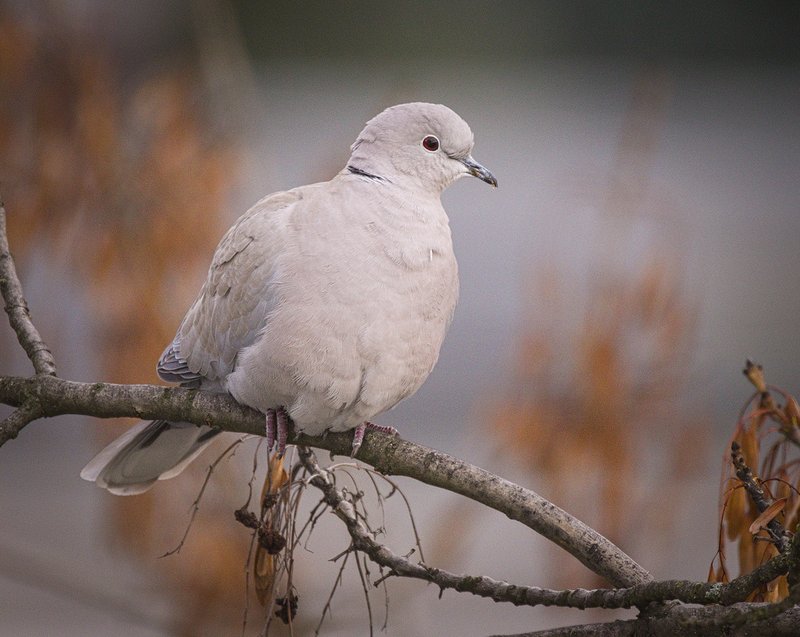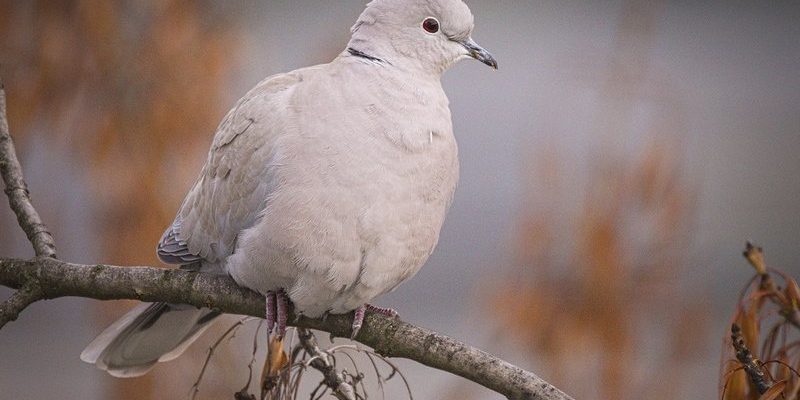
Picture this: the Eurasian Collared Dove is like a delicate thread in the fabric of the ecosystem. Pulling at this thread could unravel not just their population, but also the intricate relationships they share with other species and their habitats. So, what are the current conservation efforts aimed at protecting these lovely doves? Let’s dive in and explore the initiatives making a difference for this species.
Understanding the Eurasian Collared Dove
The Eurasian Collared Dove (Streptopelia decaocto) is a medium-sized pigeon found across Europe and Asia, and more recently, North America. They are known for their gentle cooing and distinctive appearance, featuring a long tail and a small black crescent on their neck. Their adaptable nature allows them to live in a variety of environments, from urban areas to rural fields, which initially helped them thrive in new locations.
However, changes in habitat due to urban development or agricultural expansion can threaten their homes. You might be wondering why it matters: when their habitats disappear, so do their chances of survival. That’s where conservation efforts come into play, aiming not just to protect the doves but to preserve the ecosystems they inhabit.
Threats to the Eurasian Collared Dove
Many challenges face the Eurasian Collared Dove today. The primary issues include habitat loss, climate change, and hunting.
– Habitat Loss: As cities expand and forests get cut down, the spaces where doves nest and feed shrink. Imagine moving from a large, comfortable home into a tiny apartment—it’s not easy!
– Climate Change: Shifting weather patterns can affect the availability of the doves’ favorite food and safe nesting sites. For instance, more extreme weather events can destroy nests or reduce food sources, impacting their populations.
– Hunting: In some areas, doves are hunted for sport or food, which can also deplete their numbers. Even though they are not the target in many cases, being shot at or frightened can disrupt their natural behavior.
Understanding these threats helps conservationists create effective strategies for protecting these birds.
Habitat Restoration Initiatives
One significant aspect of conservation for the Eurasian Collared Dove is habitat restoration. It’s like giving them a comfy new home when their old one gets taken away.
Restoration efforts might involve planting trees, creating nesting sites, and restoring wetlands. These projects can help ensure that doves have places to find food and raise their young. For instance, urban green spaces are crucial for doves; they provide food sources and nesting opportunities, making cities more hospitable for wildlife.
Involving local communities in these restoration projects is vital, too. When people understand the importance of protecting wildlife and contribute through volunteering or spreading awareness, the chances of success increase. It’s a win-win situation: communities benefit, and so do the doves!
Research and Monitoring Programs
Another critical part of conservation efforts is research and monitoring. Organizations study the behavior, population dynamics, and migration patterns of Eurasian Collared Doves to understand their needs better.
By gathering data, conservationists can identify regional populations that may be declining and take action before it’s too late. Monitoring bird populations is crucial for assessing the health of ecosystems, as doves can serve as indicators of environmental well-being.
Additionally, citizen science projects often invite bird watchers and enthusiasts to report sightings. This way, a broader network of eyes helps track dove populations, making the job easier and more effective for researchers.
Legislation and Policy Advocacy
Policies that protect wildlife play a crucial role in conservation, and Eurasian Collared Doves are no exception. Advocates push for stronger regulations against habitat destruction, hunting, and climate change-related issues.
The Migratory Bird Treaty Act, for example, helps protect these birds and their habitats across the U.S. By lobbying for better policies and compliance with existing laws, conservationists aim to create a safer environment for the doves.
You might ask, “How can I help?” Being an advocate in your community or simply staying informed about local legislation affecting wildlife can make a difference. When more people join the cause, it amplifies the message and increases pressure for change.
Community Engagement and Education
Engaging local communities is a powerful tool in conservation. Educating the public about the Eurasian Collared Dove fosters a connection to wildlife that inspires action.
Local workshops, school programs, and community events can teach people about the doves’ ecological importance. When individuals understand their role in the ecosystem, they’re more likely to take action, whether that means starting a local birding club or participating in habitat restoration.
Social media campaigns can also spread awareness. Sharing beautiful photos of these doves or their habitats can inspire others to appreciate and protect them.
Conservation efforts for the Eurasian Collared Dove highlight a shared responsibility among individuals, communities, and organizations. By understanding the challenges these birds face, supporting habitat restoration, engaging in research, advocating for protective legislation, and educating others, we contribute to their survival.
So, the next time you see a Eurasian Collared Dove perched on a fence or cooing in your yard, remember that there’s more to their story. They rely on us to help safeguard their future—and that future is worth fighting for. Embracing this collective responsibility not only benefits the doves but also enriches our world as a whole.

